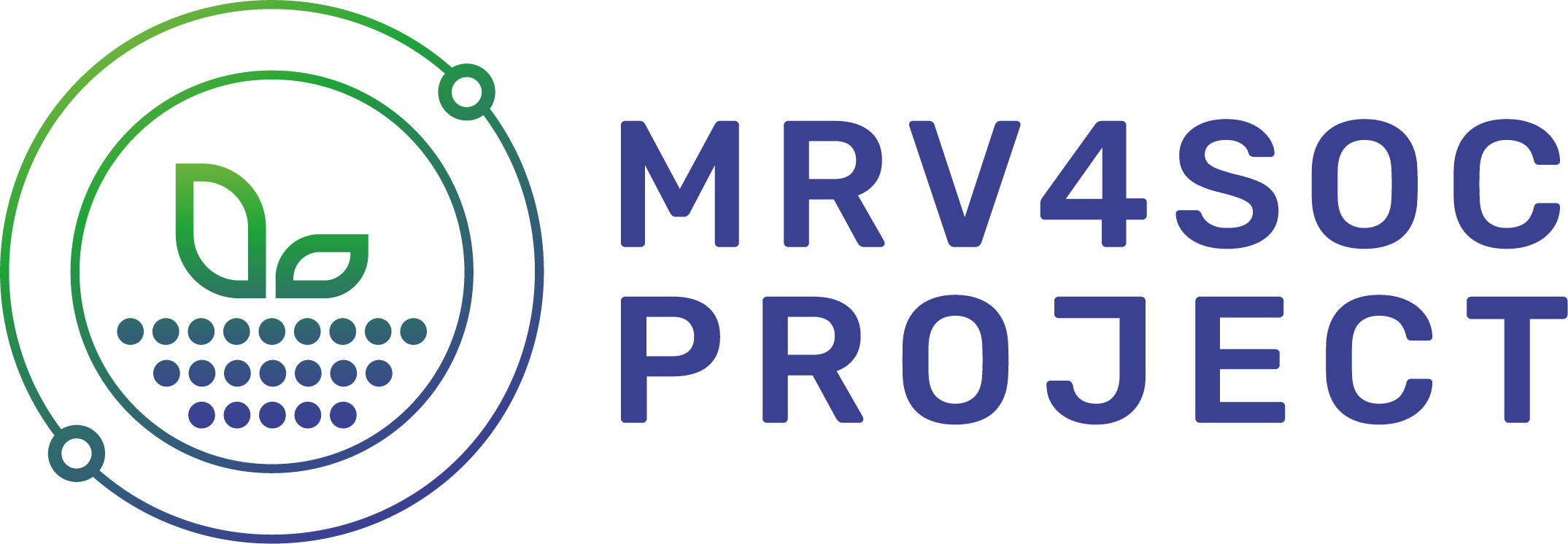FOREST

Forest includes both land cover and land use. In forest land cover, only territory effectively covered by trees is considered, while forest land use also considers the portion of land that is periodically subject to tree cutting. Forest cover is essential data for monitoring forest ecosystem status.

CZforest09 – Amálie, Central Bohemia
This demo site belongs to a low precipitation region with high soil erosion risk. Therefore, the main aim for this demo site is to develop a sustainable forest, soil, and landscape management method under dry conditions thanks to a “smart landscape” management. The research at this site focuses on the effect of different forest tree species composition on soil properties, including soil organic carbon content and stocks, and efficiency of water utilisation and related tree growth speed.

NOforest11 – Hurdal, Akershus, Norway
The site is covered by a mature Norway spruce forest.
It is both an ICOS class 2 as well as an ICP-Forests level II site. The main objectives for this site are the quantification of the carbon balance (Net Ecosystem Exchange), the measurement of greenhouse gas emissions, and the evaluation of the carbon stocks of the system. Other measurements ongoing for this demo site are a tree inventory, soil climatology, soil sampling for carbon and nitrogen, respiration measurements, radiation properties of the canopy, and more.

BEforest10 – Antwerpen, Belgium
The demo site is a forested land dominated by Scots pine (Pinus sylvestris), representing the first generation of the plantation from 1929. The forest surrounding the site consists of several broadleaf species, some native and some alien. The site is affected by the typical air pollution of a suburban forest exposed to nitrogen emissions from vehicles. Research at this site focuses on the combined effects of ozone, nitrogen, and climate change on forest ecosystem functioning.


